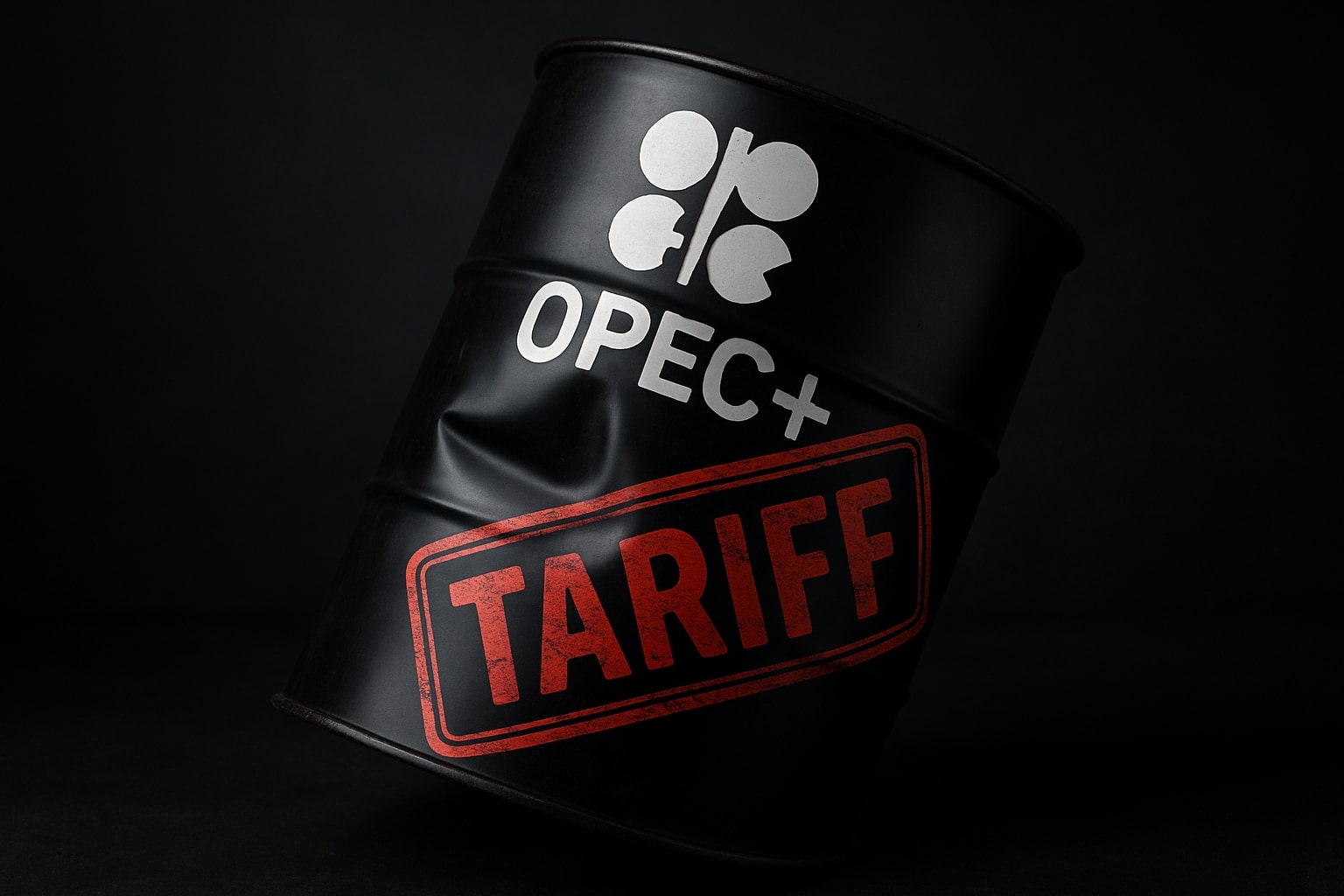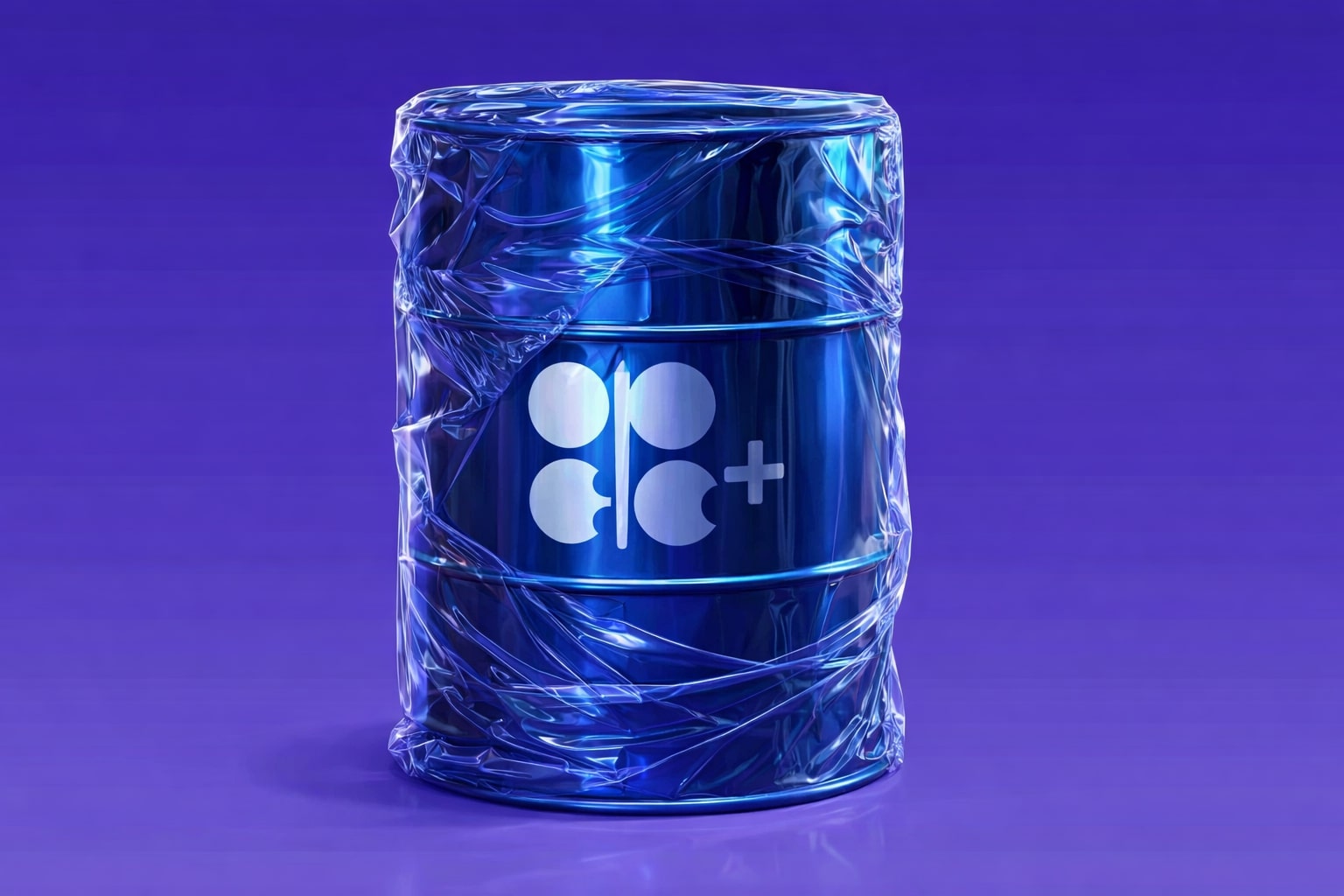
WTI Crashes Below $66 as Supply Glut and Tariffs Crush Oil
CL=F hits 3-week low on refinery surge, weak gasoline demand, and OPEC+ output hike; China demand fails to rescue bulls | That's TradingNEWS
Oil Price Slide Deepens as Tariff Shock and Stockpile Surge Rattle CL=F and BZ=F
Crude benchmarks CL=F (WTI) and BZ=F (Brent) are unraveling below critical thresholds, pressured by an alarming build-up in U.S. fuel inventories, escalating global tariff threats, and a wave of profit warnings from oil majors. As of July 16, WTI crude trades near $65.82, while Brent hovers around $68, both down over 5% from last week’s levels, threatening to break below technical supports that previously served as price floors in early summer.
Refined Fuel Inventories Soar as Demand Weakens Post-July 4
The latest EIA report revealed a 3.9 million barrel draw in crude, but this was offset by a massive 3.4 million barrel gasoline build and a 4.2 million barrel rise in distillate stocks, indicating sluggish end-user demand. Gasoline demand, a key summer barometer, fell to 8.5 million barrels per day, a sharp drop following the July 4 weekend. Refiners remain active, with high utilization turning out refined products faster than consumption, further bloating inventories.
Technical Breakdown Confirms Bearish Shift for CL=F and BZ=F
Price action on WTI and Brent has decisively turned negative. CL=F broke below $66 support, while BZ=F breached the $68 handle, violating key moving averages. RSI readings for WTI sank toward 40.92, approaching oversold territory, yet failed to attract dip buyers. Technical momentum has flipped bearish, with downside targets now sitting at $64.50 and $63.90, and resistance forming near $66.70–$67.20. A recovery would require a reclaim of the 100 EMA, lost in the recent pullback.
OPEC+ Output Increases Undermine Market Balance
OPEC+ pumped 41.56 million barrels per day in June, a jump of 349,000 bpd from May, undercutting its own narrative of restraint. Saudi Arabia led with 9.356 million bpd, followed by Iraq and Iran. Iran’s crude fell by 62,000 bpd to 3.241 million, but it retained the number three position. The OPEC Basket rose to $69.73 per barrel, but this was not enough to arrest the price slide amid growing oversupply concerns. Meanwhile, OPEC still sees global demand rising by 1.28 million bpd in 2025, but traders remain unconvinced.
TotalEnergies and BP Warn on Q2 Profits Due to Oil Price Drop
TotalEnergies pre-announced Q2 weakness, citing a $7/barrel decline in Brent versus Q1, which will slash adjusted net operating income by $2.3 billion and dent operating cash flow by $2.8 billion. BP expects $600–800 million in lower realizations from upstream operations, despite better refining margins. ExxonMobil and Shell have echoed similar caution, forecasting Q2 revenue shortfalls from weaker oil and gas pricing.
Drone Strikes and Geopolitics Fail to Offset Bearish Supply-Demand Imbalance
While a drone attack in Kurdistan temporarily halted production, geopolitical flare-ups have failed to lift prices as macroeconomic fears dominate. Trump’s threats of "very severe" tariffs on Russia in 50 days, and potential retaliation from the EU over trade terms, add uncertainty without spurring a safe-haven bid in oil.
China’s Oil Demand Growth Holds, But Tariff Overhang Limits Bullish Repricing
Chinese demand remains resilient, with Barclays estimating 400,000 bpd YoY growth in H1 2025, pushing daily consumption to 17.2 million bpd. Refinery throughput hit its highest in two years as maintenance season ends. However, the tailwind from China is being overshadowed by tariff headwinds, as the U.S. contemplates 30% import tariffs on the EU and 10% on smaller nations.
U.S. Inventories Still Below 5-Year Average but Bearish Narrative Prevails
Despite the builds, EIA data shows U.S. crude inventories at 422.2 million barrels, still 8% below the 5-year average, and distillates 21% below normal levels. But risk appetite has eroded, and even positive inventory context fails to ignite buying. Earlier API data had falsely indicated a 19.1 million barrel build, shaking bulls before the correction.
WTI and Brent Both Struggle to Maintain Seasonal Support Amid Macro Shock
Commodity markets typically enjoy summer tailwinds, but this year, WTI and Brent are failing to hold historical levels. The $65–$66 region, formerly resistance, is no longer acting as strong support. Technical structures have shifted to a lower-high/lower-low pattern, solidifying a bearish trend unless bulls reclaim lost moving averages.
CL=F Verdict: Bearish Bias With Tactical Rebound Risks
Momentum in WTI (CL=F) remains tilted to the downside, with weak demand and aggressive refining driving excess product into storage. Unless gasoline demand rebounds or OPEC cuts output further, prices face risk of breaching $64.50 support. A tactical rebound could emerge from oversold RSI, but the structural path points to further weakness.
Verdict: Bearish – WTI (CL=F) faces downside toward $63.90 unless macro shifts occur. Not a buy yet.
That's TradingNEWS
Read More
-
UCO ETF Price Forecast: Can NYSEARCA:UCO at $18.57 Ride a 2026 Oil Squeeze?
18.12.2025 · TradingNEWS ArchiveStocks
-
XRPI at $10.50 and XRPR at $14.93 Hit XRP ETF Lows While XRP-USD Holds $1.84 After 30 Days of Inflows
18.12.2025 · TradingNEWS ArchiveCrypto
-
Natural Gas Price Forecast: Henry Hub Holds Around $4 as EIA Draw Hits 167 Bcf
18.12.2025 · TradingNEWS ArchiveCommodities
-
USD/JPY Price Forecast: Pair Holds Above 155 As BoJ And US CPI Set Up A Major Break
18.12.2025 · TradingNEWS ArchiveForex



















